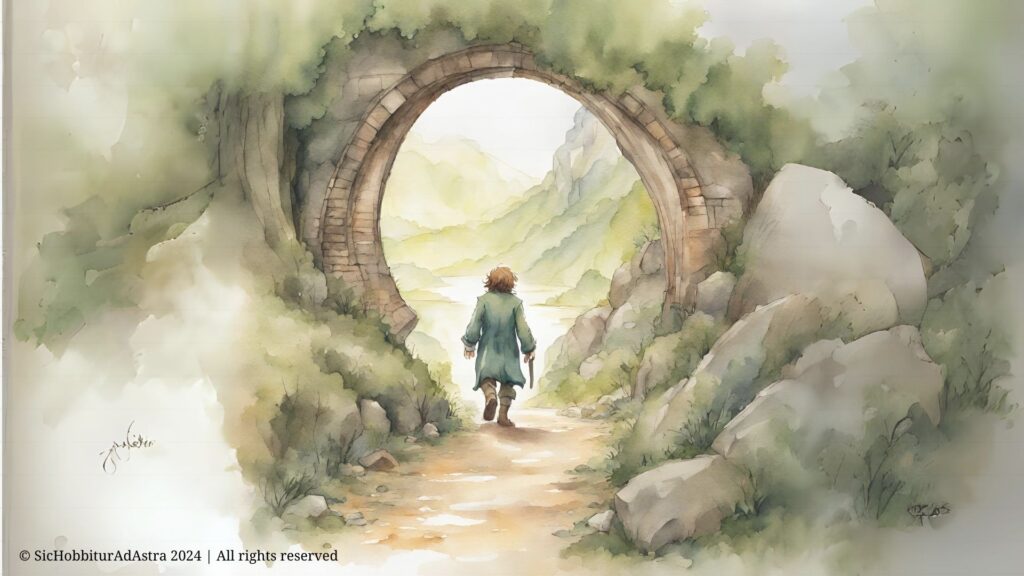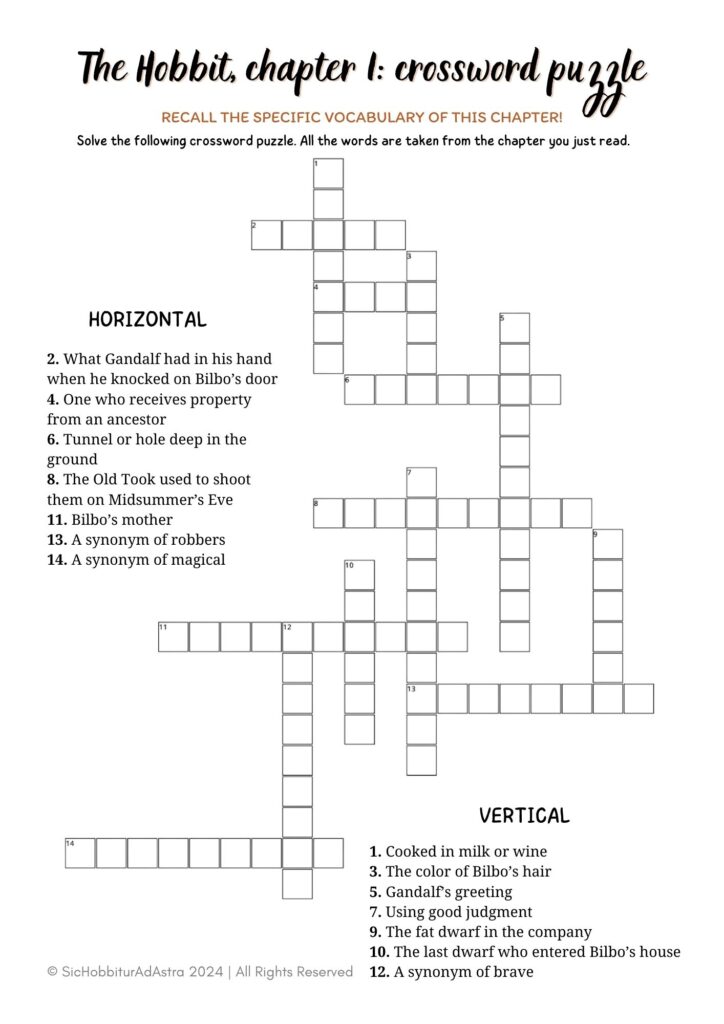
“There is more in you of good than you know, child of the kindly West”
(from the last dialogue between Thorin Oakenshield and Bilbo Baggins)
Every year, ELA teachers face a recurring dilemma: “Which text should I assign my students to read next?” Engaging collectively with an entire text is highly significant. It allows students to gradually immerse themselves in a story, connect with its plot, ask meaningful questions, and establish a bond with the characters, rejoicing in their victories and grieving their defeats. Personally, sharing a book with my students is always an enriching experience. However, it’s crucial to choose the right book!
Picture comparing a fast-food sandwich to a succulent Florentine steak. This is how during a conference Edoardo Rialti, a scholar and professor of English and American Literature, described the difference between an ordinary read and “The Hobbit.” The audience, particularly Italians, quickly grasped this comparison, given their pride in their famous steak. This metaphor is indeed quite fitting. “The Hobbit” is, in every sense, a succulent Florentine steak.
Today, I’d like to share with you five reasons why I believe ‘The Hobbit’ by J.R.R. Tolkien is always a winning choice for middle school language and literature classes!
1. PERFECT FOR ALL AGES
Middle school teachers know that while students may all be the same age chronologically, their personal growth can vary greatly. There are ten-year-olds who already exhibit teenage traits and others who are still very much children. One challenge for teachers is finding a text that suits everyone, without excluding those with less life experience or boring those who are more mature.
In this regard, “The Hobbit” offers a highly democratic solution. The book starts with the light tone of a fairy tale (perfect for Tolkien’s young children, to whom he read it!), but it evolves into an epic. This stylistic change reflects the characters’ development and the expansion of their world, from the serene Shire to vast adventurous landscapes. Anyone can find something relatable in this work. As C.S. Lewis stated, a book worth reading at ten should still be worth reading at fifty. “The Hobbit” is one of those books.
2. STEPPING OUT OF THE COMFORT ZONE
One of the most significant aspects of “The Hobbit” is Bilbo’s personal growth, which is highly educational for readers. Initially introduced as a calm, settled middle-aged hobbit with a routine life, Bilbo’s world is upended by Gandalf and thirteen dwarves. Initially reluctant to join their adventure, Bilbo’s curiosity and sense of greatness draw him in. The journey is long, uncomfortable, and challenging, but it helps him discover more about himself.
In the classroom, similar dynamics often occur: students often form cliques early on, limiting their interactions due to habit or fear of the unfamiliar. If your class struggles with such issues, reading “The Hobbit” can be incredibly educational. Bilbo’s openness to others and his growth can inspire students to reflect on their own relationships and aspirations.
3. SEEKING GREATER HORIZONS
Bilbo’s adventure with Gandalf and the dwarves highlights another key human trait: the innate hunger for great horizons. Bilbo, though still a comfort-loving hobbit, gradually discovers his adventurous spirit. He desires to see the “mountains,” representing grand and beautiful things, in a journey of self-discovery reminiscent of Ulysses’ explorations. Through Bilbo, readers are encouraged to explore larger worlds and ideas, making this reading perfect for nurturing a desire for a great life in students.
4. THE FUNDAMENTAL IMPORTANCE OF FRIENDSHIP
Teachers know how crucial true, authentic friendship is for students, especially during their youth. The need for a genuine friend is deeply rooted in human nature at any age but is particularly pronounced during adolescence. Students see a true friend as essential to their identity, and as educators, we have the beautiful task of helping them learn to be true friends.
“The Hobbit” offers rich material for this. The friendship between Bilbo, Gandalf, and the dwarves is improbable yet sincere, deep, and capable of sacrifice, humility, companionship, and forgiveness.
5. CHOOSING WHAT IS RIGHT
“The Hobbit” introduces unforgettable characters such as Smaug, the dragon representing malice and cruelty, and Gollum, who challenges Bilbo to a riddle game. These interactions bring suspense and thrill to the narrative, while also delving into intricate themes like temptation and trust. Distinguishing between good and evil and making decisions based on this understanding is a crucial aspect of personal development. Tolkien skillfully depicts the conflict of choosing what is right. By exploring the small deceptions and mistakes of Bilbo and his companions, there is rich material to prompt students to ponder their own lives and draw parallels with the characters.
In summary, “The Hobbit” is a perfect choice for middle school students, capturing the essence of life across different levels of understanding. Don’t miss out on experiencing this fantastic novel!
For specific advice on teaching “The Hobbit,” don’t miss my next blog post where I’ll share valuable tips and tools.
In the meantime, explore my detailed educational material tailored for middle school students by clicking below.
P.S. The beautiful images you see in this post are all available in my resource!
Thank you for stopping by!
Happy teaching!
Chiara






